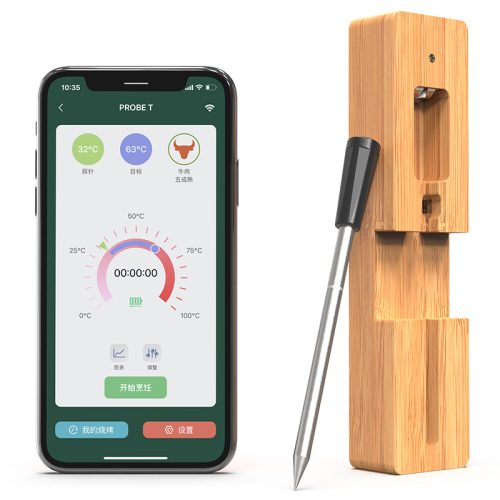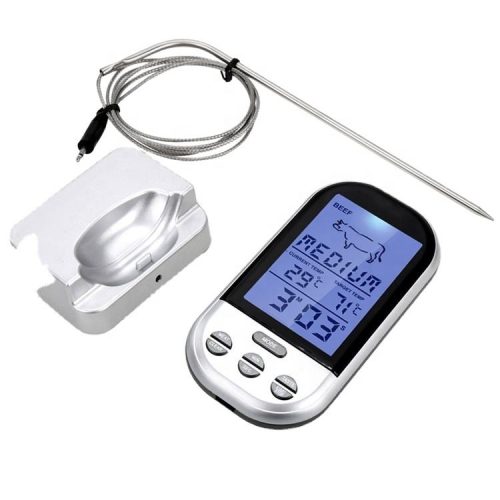Controlling humidity using a hygrometer involves monitoring the moisture levels in the air and taking appropriate measures to adjust and maintain a comfortable range. Here’s how you can control humidity with the help of a hygrometer:
- Measure Humidity: Use the hygrometer to measure the relative humidity in the area you want to control. Check the readings regularly to understand the humidity patterns and variations.
- Set a Desired Humidity Level: Determine the ideal humidity level for the space. As mentioned earlier, a range between 30% to 60% relative humidity is generally comfortable for most indoor environments.
- Humidification (Adding Moisture): If the humidity level is too low (especially in dry climates or during winter months when indoor air tends to be drier due to heating), consider using humidifiers to add moisture to the air. Monitor the hygrometer readings while using a humidifier to ensure you reach and maintain the desired humidity level.
- Dehumidification (Removing Moisture): In areas with high humidity levels, especially during humid seasons or in regions prone to high moisture content, using dehumidifiers can help reduce excess moisture in the air. Monitor the hygrometer readings and adjust the dehumidifier settings to maintain optimal humidity.
- Positioning Hygrometer and Devices: Place the hygrometer in the room where you want to control humidity and position the humidifier or dehumidifier accordingly. Keep the hygrometer away from direct airflow or sources of moisture to get accurate readings.
- Regular Monitoring and Adjustment: Continuously monitor the hygrometer readings and make adjustments to the humidification or dehumidification devices as needed to maintain the desired humidity level. Changes in weather or seasonal variations might require periodic adjustments.
- Ventilation: Proper ventilation is crucial for controlling humidity. Ensure good airflow by using exhaust fans in bathrooms and kitchens, opening windows when possible, and maintaining a well-ventilated space.
- Consistency in Control: Aim for consistency in maintaining the desired humidity level. Gradual adjustments to humidity are more comfortable for occupants rather than sudden changes.
Remember that excessive humidity can lead to mold growth, while low humidity can cause discomfort such as dry skin and respiratory issues. Regularly using the hygrometer to monitor and control humidity levels helps in creating a comfortable and healthy indoor environment.


